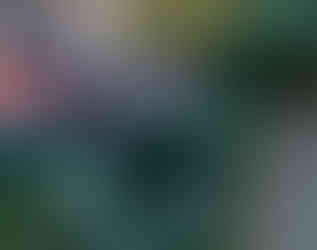
You rarely seem to see these gregarious birds alone, and often you hear the flock making frequent “contact” calls before you see them. They look a bit like feathery lollipops (short roundish body, long thin tail), and close inspection reveals a lot of subtle pink as well as the dominant black and white. Their nests use a Velcro-like combination, where the tiny leaves of moss act like hooks catching loops of spider silk (from egg cocoons) to give structural stability. The outside is camouflaged with flakes of lichen, and the inside insulated with thousands of downy feathers. Unfortunately, after all this effort, as many as four in five nests suffer predation. However, unsuccessful parents will then help other pairs (usually relatives), with one study finding roughly half of nests had at least one helper. At the end of the breeding season it is these extended family groups that form the flock. The large group roost by huddling together to reduce their vulnerability to the cold.
Photo by Pixabay







Comments